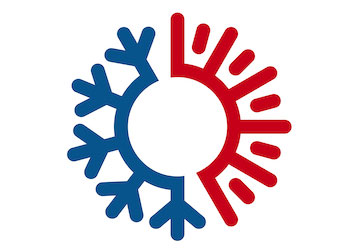Article Title
Seasonal Trends for Environmental Illness Incidence in the U.S. Army
Abstract
The incidence of and risk factors for exertional heat illness (EHI) and cold weather injury (CWI) in the U.S. Army have been well documented. The “heat season,” when the risk of EHI is highest and application of risk-mitigation procedures is mandatory, has been arbitrarily defined as May 1 through September 30, while the “cold season” is understood to occur from October 1 to April 30 each year. The proportions of EHI and CWI that occur outside of the traditional heat and cold seasons are unknown. In addition, it’s unknown if either of the seasonal definitions are appropriate. The primary purpose of this study was to determine the proportion of EHI and of CWI that occur within the commonly accepted seasonal definitions. We also report the location-specific variability, seasonal definitions, and the demographic characteristics of the populations.
Description
The full text of this 2021 article in Military Medicine is available online at:
